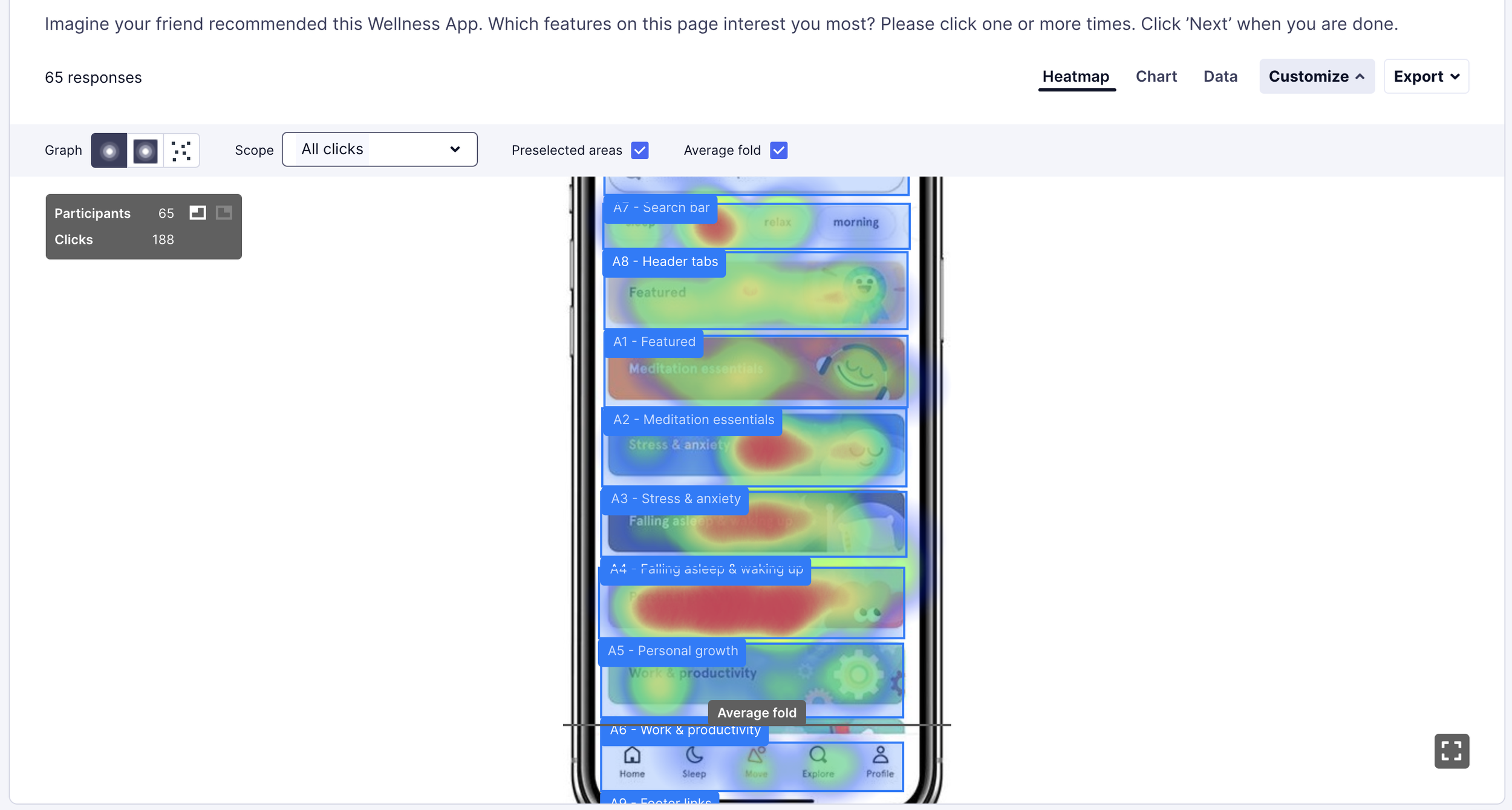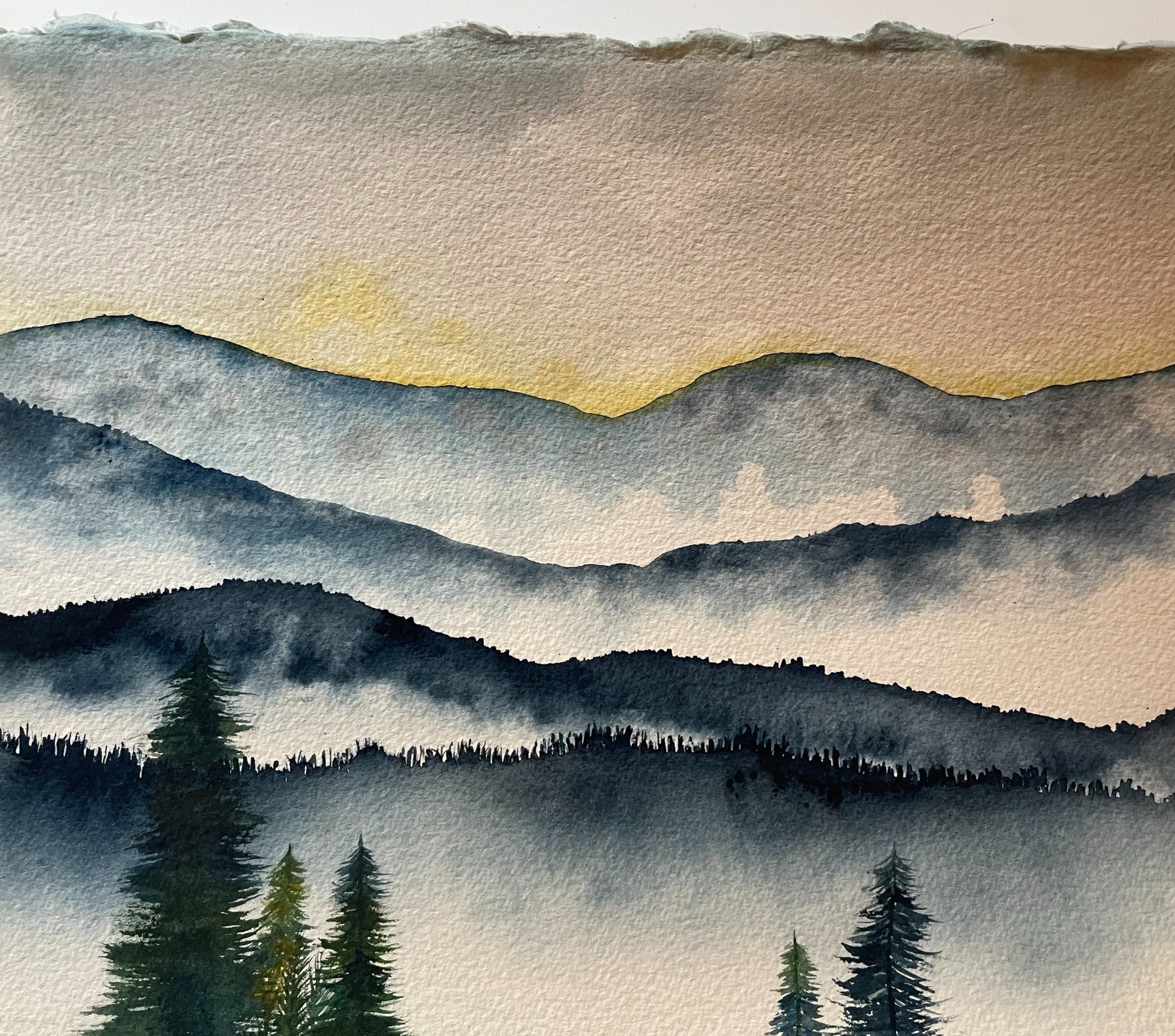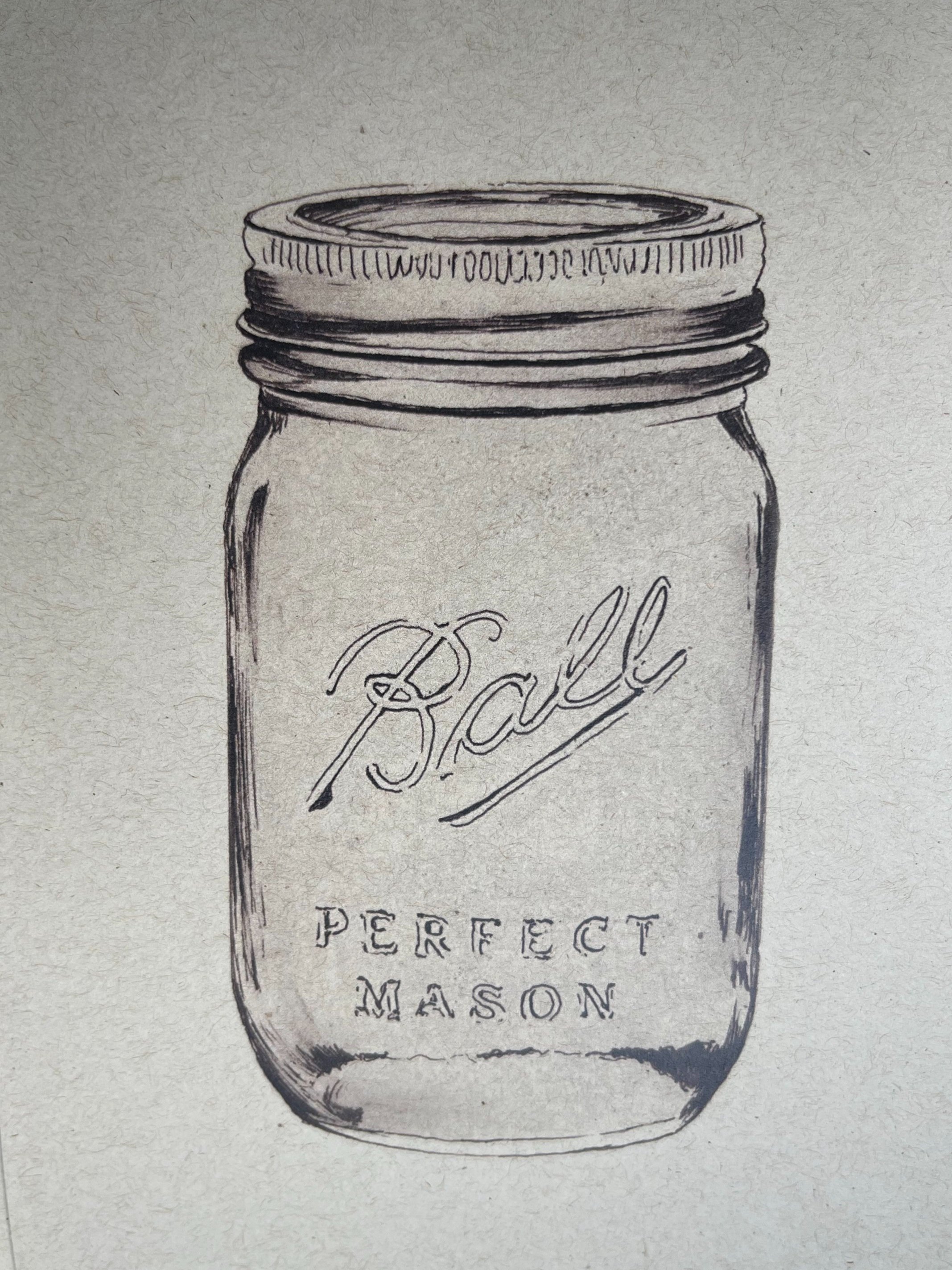Art & Design
The Balancing Act
While fine art is a personal passion, professionally I strive to create intuitive user experiences for people ranging from the general public to specific user groups like providers, agents, and customer service representatives.
-
Start here. Every time. It’s always worth it to understand your audience and what drives them to complete their top tasks. I love to begin with user interviews, card sorting exercises and taking time to garner feedback on concepts before diving into design.
Fail fast. Fail often. Fail cheap. Then build the thing.
-
Starting with journey maps, archetypes and a solid foundation in user research, we can start exploring wireframes to test out the user flows and define the scope of the system or application.
-
Keeping a Design Language System fresh is a constant process. A design vocabulary is an overarching scheme or style that guides the design of a complement of products or architectural settings, creating a coherent design system for styling.
-
Understanding what is happening to a digital space before, during and after designing an experience is crucial to creating a space that is measurable and accountable to user needs and stakeholder expectations.
Studying analytics goes beyond pulling stats and numbers though. This part of the process is about learning what is going on, then digging into why it is happening.
-
If it’s not real, then what is it?
This relationship between a user experience designer and the development team that brings it to production will make or break a good design. I believe it’s important to have a thorough working knowledge of what full-stack developers need to build a great digital experience.
About me
I am an artist with a foundation in design, drawing inspiration from my roots and from observing the world and people around me. My work explores themes of family, culture, and community, with each project rooted in human connection. At its core, my practice is about creating meaningful work for people, about people.
About my professional work
-

Planning
What do you want to accomplish? I always like to outline stakeholder goals, user expectations and establish timelines and phased releases.
-

User Research
Let’s start at the very beginning - the end user. Taking time to interview and test concepts with the users is the foundation for any good design. There is no room to cut budget here.
-

Build. Test. Rebuild.
Failing fast, often and cheap is the best way to get the best quality work.
The tool I’m most familiar with is UserZoom. I’ve used this tool most for moderated usability tests, user interviews, surveys and click tests.
-

Agile is Iterative
Taking time to benchmark an experience as well as continuous testing will add so many insights to how users are working.











